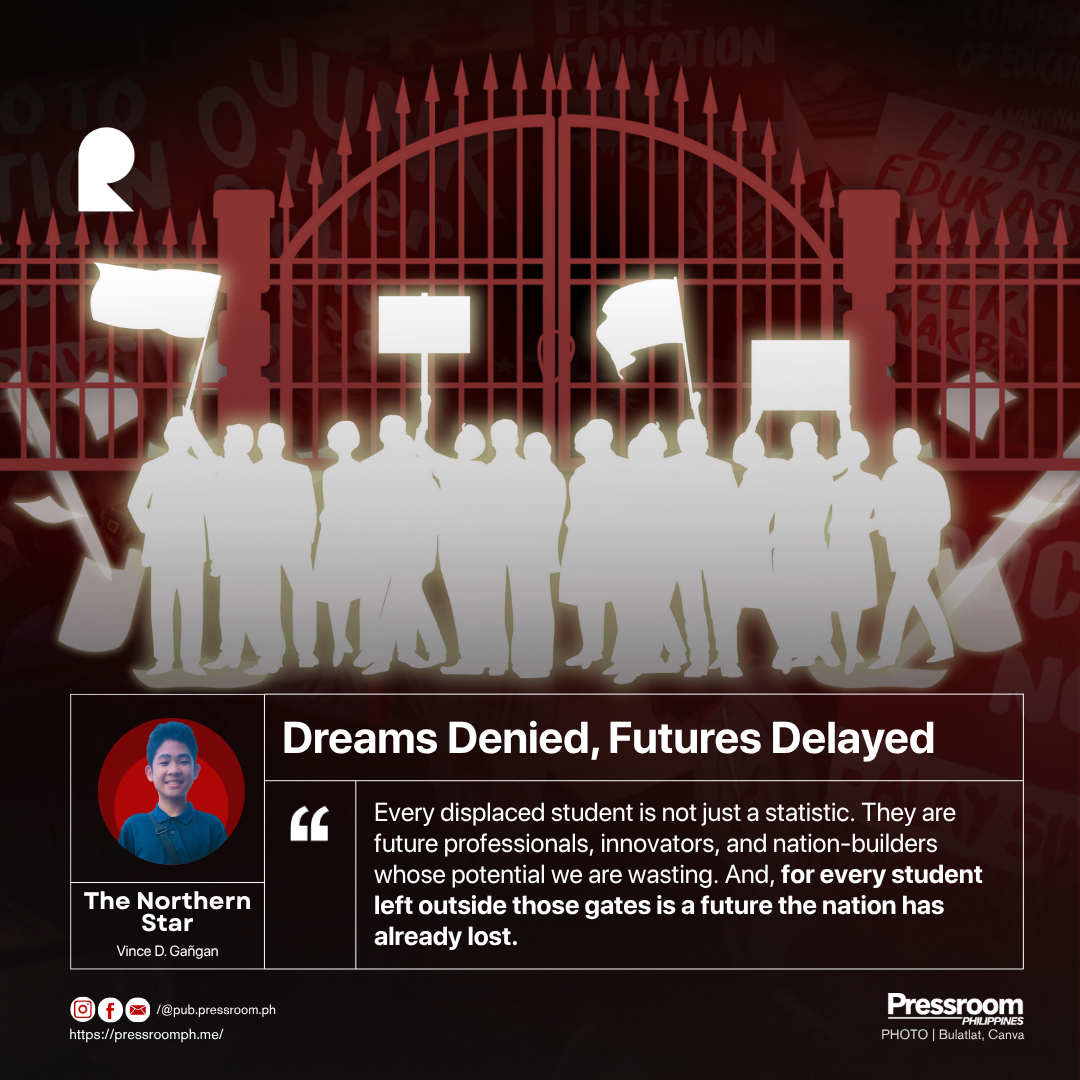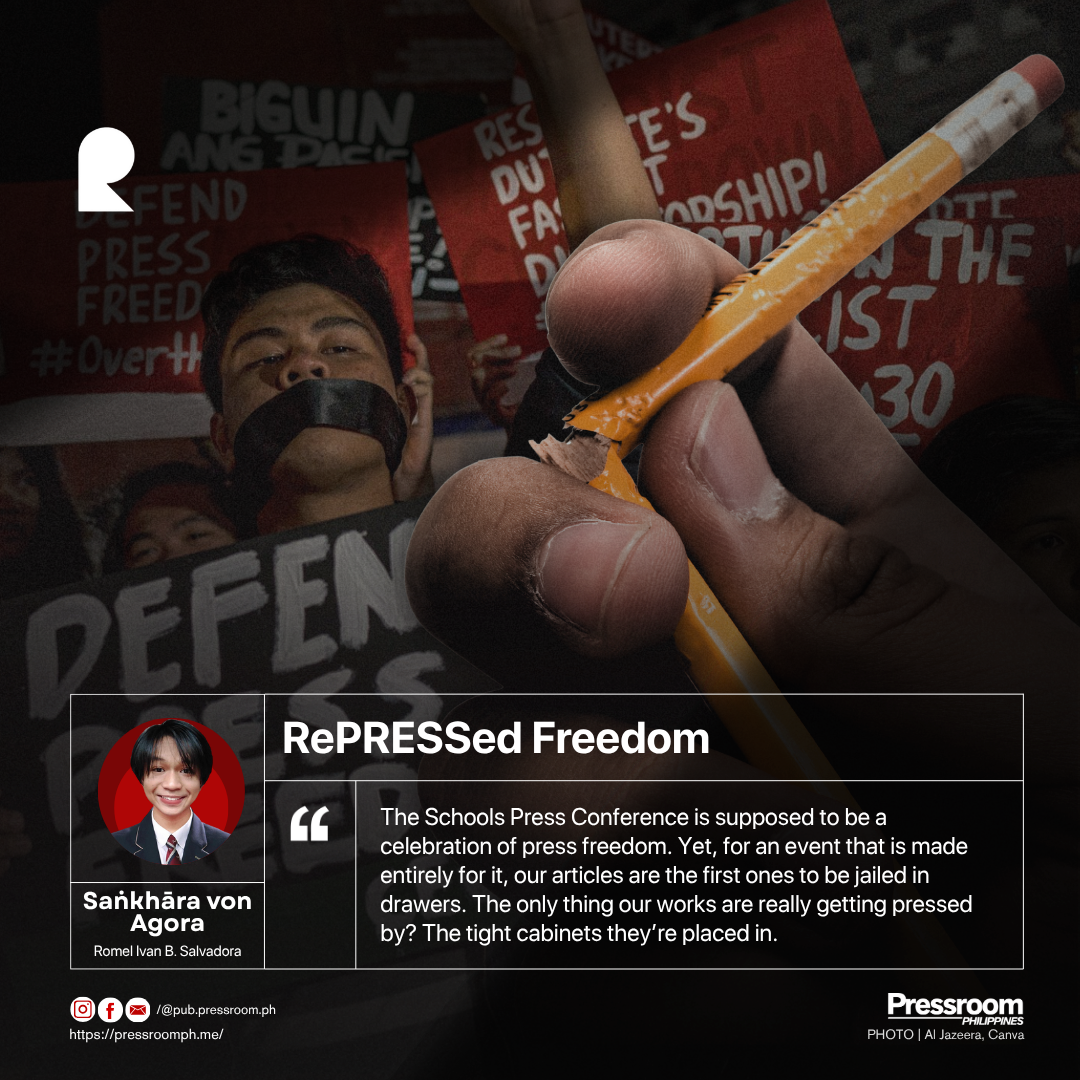Every year, thousands of Filipino students march into college entrance examinations carrying one thing heavier than their test permits—dreams. Dreams of becoming engineers, teachers, nurses, and public servants. Dreams of lifting their families out of poverty through education. Yet this year, more than 168,000 of those dreams were denied, not because these students failed, but because the doors of our state universities and colleges (SUCs) could no longer fit them in.
This is the harsh irony: they passed, but still, they were turned away. They did their part, but the system did not. SUCs, supposedly the bastions of hope for the underprivileged, have exceeded their capacities. More than half of those surveyed are already beyond maximum load, while nearly a fifth are at full capacity. It is not merit that barred these students, but the cold reality of insufficiency.
The figures speak volumes. Out of 115 SUCs, data from 62 institutions show that 32 have exceeded their maximum capacity, while 11 have already reached 100 percent. Yet the capital outlay for these schools was cut from ₱31 billion last year to just ₱17 billion this year. How can we expect schools to grow, to accept more students, when their lifeline is being squeezed tighter? We are telling our youth to dream, but denying them the very space to pursue those dreams.
This is not merely a logistical issue. It is a moral one. Education is the great equalizer, the promise of upward mobility for families struggling to make ends meet. For many students, a SUC is not just a choice—it is their only choice. Private institutions remain financially unreachable, leaving them with nowhere else to go. So when the doors close, their aspirations close with it.
Senator Sherwin Gatchalian is right in urging SUCs to focus on academic capacity and submit capital outlay requirements for classrooms and academic needs. But let’s be honest: the burden should not rest on these schools alone. The government must match its rhetoric with resources. If education is truly a constitutional right and a cornerstone of national development, then budget cuts are nothing short of betrayal.
At the end of the day, we cannot keep repeating this cycle of disappointment—students striving only to be told there is no room for them. Every displaced student is not just a statistic. They are future professionals, innovators, and nation-builders whose potential we are wasting.
For every student left outside those gates is a future the nation has already lost.






